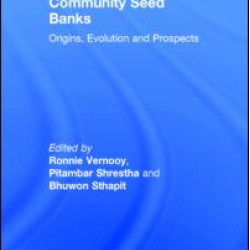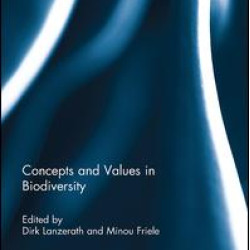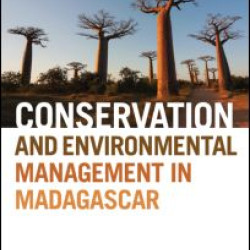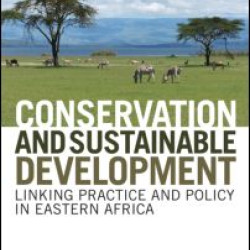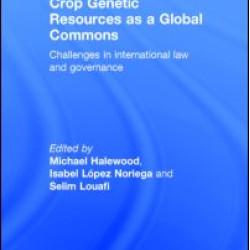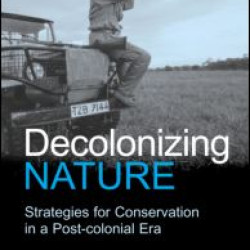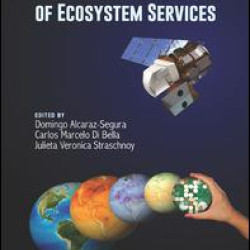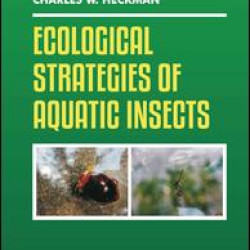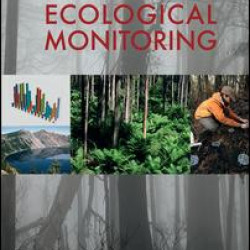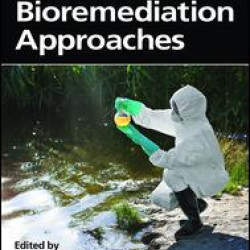Biodiversity & Conservation
Brand: Taylor & Francis
Model: Stock
This book is the first to provide a global review of the development of community seed banks and includes a wide range of case studies. It reviews their history, evolution, experiences, successes and failures (and reasons why), challenges and prospects. It fills a significant gap in the literature o..
₹8,078.40 ₹10,098.00
Brand: Taylor & Francis
Model: Stock
Any practical steps towards the protection of biodiversity demand a definition of that which is to be protected and, in turn, the motivations for protecting biodiversity. Is biodiversity a necessary model which is also useful, or does it carry intrinsic value? Debates like this are particularly comp..
₹2,643.10 ₹3,303.88
Brand: Taylor & Francis
Model: Stock
The aim of this book is to provide the most detailed, coherent analysis of the issue of biopiracy to date. The book synthesises the rise of the issue and increasing use of the term by activists and negotiators to form a critical understanding of the themes, implications and politics of biopiracy...
₹2,716.54 ₹3,395.68
Brand: Taylor & Francis
Model: 9780415528764
This book provides a comprehensive assessment of the status of conservation and environmental management in Madagascar...
₹3,083.74 ₹3,854.68
Brand: Taylor & Francis
Model: Stock
Policy making and implementation in natural resource management are often irrational, unpredictable and highly political. Understanding who influences policy at different levels, and how, is crucial to ensure that science is deployed most effectively to have an influence on conservation and natural ..
₹8,445.60 ₹10,557.00
Brand: Taylor & Francis
Model: Stock
Our food and livelihood security depend on the sustained management of the diverse biological resources that make up the Earth’s plant genetic resources. This book is about the creation, management and use of the global crop commons, based upon the International Treaty on Plant Genetic Resources for..
₹8,445.60 ₹10,557.00
Brand: Taylor & Francis
Model: Stock
First Published in 2002. Routledge is an imprint of Taylor & Francis, an informa company...
₹2,496.22 ₹3,120.28
Brand: Taylor & Francis
Model: Stock
Offering a balanced review of differing approaches based on remote sensing methods to monitor ecosystem services related to biodiversity conservation, carbon and water cycles, and the energy balance of the terrestrial ecosystem, this book identifies the relevant issues and challenges of assessment, ..
₹4,552.54 ₹5,690.68
Brand: Taylor & Francis
Model: Stock
This book recounts the habits of interesting and unusual exceptions to the rule that insects are typically terrestrial forms of life. It examines different ways that groups of species developed modes of existence in or on the surface of water, and gives reasons why the gross morphology of insects is..
₹8,886.24 ₹11,107.80
Brand: Taylor & Francis
Model: Stock
First Published in 2010. Routledge is an imprint of Taylor & Francis, an informa company...
₹2,349.34 ₹2,936.68
Brand: Taylor & Francis
Model: Stock
This book is a compilation of detailed and latest knowledge on the various types of environmental pollutants released from various natural as well as anthropogenic sources, their toxicological effects in environments, humans, animals and plants as well as various bioremediation approaches for their ..
₹11,750.40 ₹14,687.99
Brand: Taylor & Francis
Model: Stock
This book is the basic introduction to the field of ethnobotany, the study of the classification, use and management of plants by people. Drawing on a range of disciplines, including natural and social sciences, ehtnobotany enables the conservation of plants and of local knowledge about them. Publis..
₹3,010.30 ₹3,762.88


